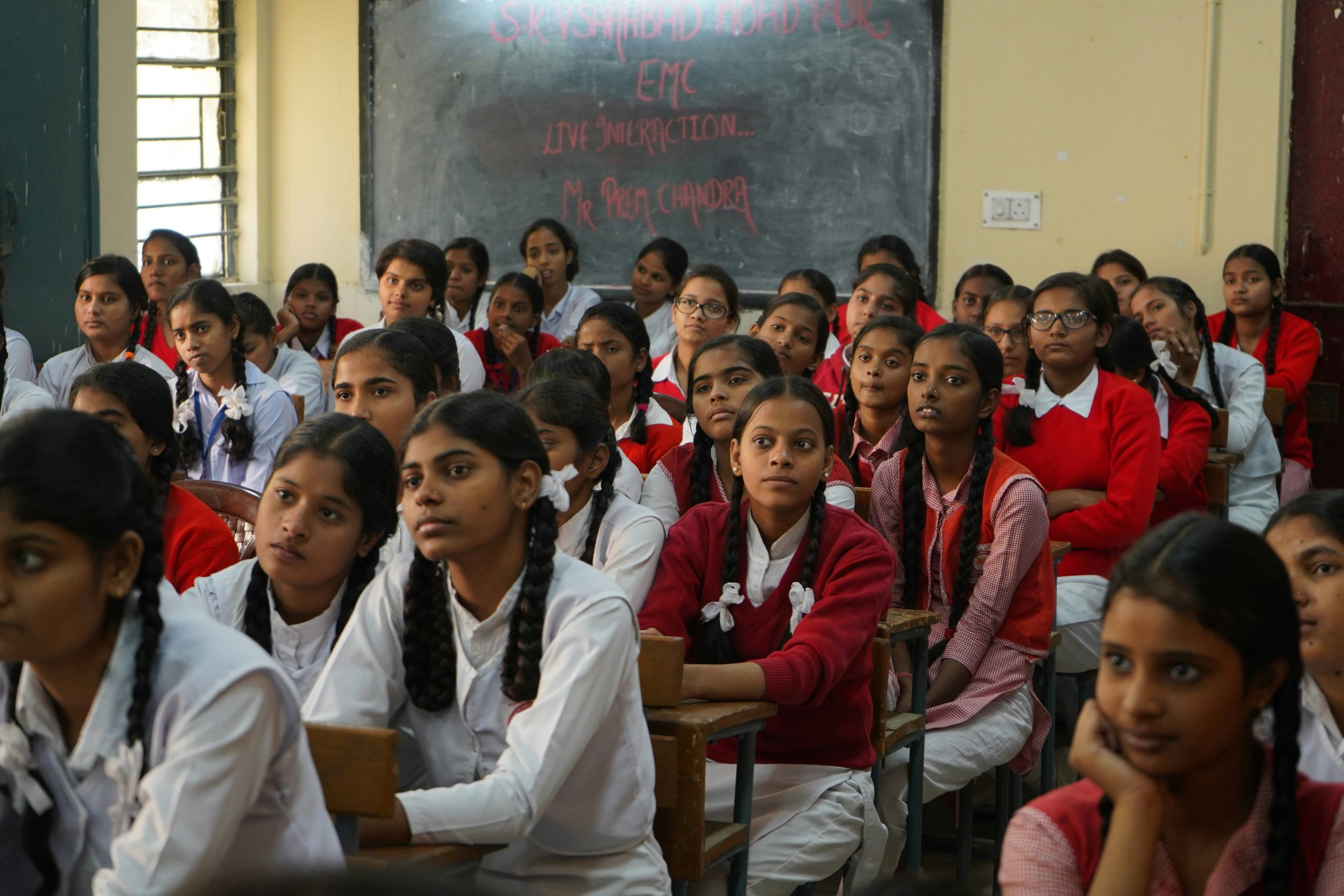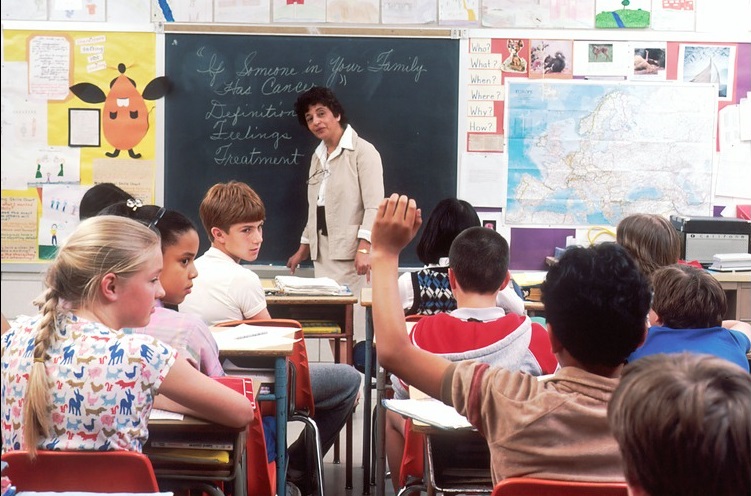In today’s fast-paced world, developing these key abilities is more important than ever. As educators strive to provide their pupils with the tools they need for success in life, The Ramsey Classroom emerges as a shining example of current coaching tactics.
Let’s look at what makes this strategy so effective and how you may apply it to your own coaching practice!
Welcome to The Ramsey Classroom, where education goes beyond traditional boundaries and inspires a desire to conquer. Imagine a setting in which students actively participate in their own academic experience rather than simply memorizing facts.
Here, critical thinking and inquiry-based learning take center stage, allowing students to ask questions, discover ideas, and broaden skills that will serve them well beyond the classroom walls.
What are the definitions of critical thinking and inquiry-based learning?
Critical thinking is the ability to analyze records, compare evidence, and reach reasoned decisions. It entails making assumptions and examining alternative viewpoints. In a study setting, it encourages pupils to think thoroughly about subjects rather than simply memorizing information.
Inquiry-based comprehensive knowledge acquisition complements this by encouraging interest. Students learn about topics by asking questions, conducting research, and engaging in problem-solving activities. This technique encourages active engagement and a desire to master.
Together, these strategies enable college students to become objective thinkers. They scrutinize not only what to assume but also how to approach problems critically.
The Ramsey Classroom accepts these strategies as valuable components of an enriching academic experience that prepares inexperienced students for real-world demanding situations.

Advantages of applying these strategies in the classroom
Implementing critical thinking and inquiry-based total mastery tactics in the Ramsey Classroom can transform the learning experience. Students develop into active individuals rather than passive recipients of information.
This strategy emphasizes in-depth knowledge. Learners interact with material on a personal level, forming connections that improve retention. They learn to question assumptions and seek other viewpoints.
Collaboration abounds in this environment. Group activities encourage teamwork and verbal communication skills, both of which are essential for success beyond college.
Furthermore, pupils develop problem-solving abilities that extend beyond the confines of the classroom. The ability to thoroughly investigate problems is useful in today’s fast-paced world.
Adopting these tactics fosters a love of mastery. Interest and drive increase simultaneously, leading to an increase in enthusiastic participation and investigation in the classroom.
How to Add Critical Thinking and Inquiry-Based Learning to Lesson Plans
The incorporation of critical thinking and inquiry-based total learning into lesson designs represents a shift in traditional coaching practices. Begin with open-ended questions. This encourages college students to investigate issues thoroughly.
Create sports that involve problem-solving. Use real-world scenarios that are relevant to the issue at hand. Encourage kids to paint in businesses, promoting collaboration and diverse perspectives.
Integrate eras well. Tools such as virtual simulations can enhance participation while improving analytical skills.
Create opportunities for reflected images following activities or talks. Ask college students what they discovered and how their knowledge evolved.
Make space for experimentation inside your curricular structure. Let their curiosity guide them towards pertinent resources or hobbies associated with the subject under study.
The Ramsey classroom provides examples of various activities and projects.
Engaging exercises in The Ramsey Classroom can pique college students’ interest and encourage critical thinking. One effective goal involves a debate in which students must investigate opposing opinions on cutting-edge activities. This encourages them to thoroughly research documents.
Another concept is the “Mystery Box” project. Fill a box with several objects relating to the lecture topic. Students engage in groups to generate hypotheses about their applications, supporting inquiry-based overall learning through collaboration and discussion.
Field trips can also be effective tools for connecting and exploring. Visiting local museums or technological know-how centers helps college students to encounter subjects firsthand, provoking inquiries that lead back into the classroom for further investigation.
Consider including service-mastering initiatives. Students identify community problems and develop solutions based entirely on research and teamwork, improving their understanding of real-world programs while honing problem-solving abilities in the Ramsey Classroom environment.
Addressing challenges and obstacles
Implementing approaches within the Ramsey classroom might have its own set of obstacles. College students, accustomed to traditional learning procedures, frequently confront teachers with pushback. Creating a welcoming environment that encourages questioning is crucial.
Time limits are often a significant challenge. Inquiry-based learning necessitates more time for investigation and discussion than traditional instruction allows. To address this, teachers can easily integrate crucial questions into existing curriculum rather than perceiving them as an add-on.
Every other hindrance, particularly in low-income schools, could be a lack of resources. Using freely available internet resources or community partnerships can help overcome those gaps efficiently.
Professional development for teachers is essential but frequently overlooked. Providing education seminars on these tactics would allow educators to feel secure and effective in their approach while also encouraging a culture of inquiry among college students.

Success Stories from Teachers Who Used These Strategies
Teachers at all school levels have embraced the Ramsey Classroom technique, resulting in significant increases in their college students’ engagement and comprehension.
One middle school technology educator described how inquiry-based projects transformed her classroom dynamics. Students take ownership of their learning, resulting in a more in-depth investigation of complex topics.
In another example, a high school history teacher described a debate session that focused on critical thinking. Students evaluated historic events from multiple perspectives. This not only improved their analytical skills but also encouraged respectful discourse.
A third-grade teacher developed hands-on activities that addressed real-world challenges. The excitement grew apparent as students worked and developed solutions together.
These memories demonstrate just a few of the enormous benefits that occur when teachers apply basic thinking and inquiry-based learning practices inside the Ramsey Classroom framework.
Each accomplishment underscores the notion that developing interest yields substantial academic reviews for both educators and newcomers.
Conclusion and reflections on the Ramsey Classroom Approach
The Ramsey Classroom method has evolved as a revolutionary methodology for educators seeking to instill essential thinking and inquiry-based comprehensive learning in their pupils.
Teachers enable freshmen to take control of their educational experience by creating an environment that encourages wonder.
At first, implementing those tactics may appear intimidating. However, the benefits they provide—improved problem-solving abilities, deeper topic knowledge, and more student engagement make it worthwhile.
The success stories of educators who have adopted this technique demonstrate its potential to transform coaching practices.
Consider incorporating Ramsey Classroom ideas into your class preparations while keeping in mind that each lecture room is unique. Tailor sports and assignments to your kids’ preferences while retaining a focus on inquiry and crucial evaluation. Accept challenges as an opportunity for growth.
Adopting this technique now not only enriches the learning experience but also prepares students for real-world situations that require critical thinking. It is about developing inquisitive minds and preparing students for future challenging situations outside of the classroom.
Explore The Ramsey Classroom today; you may discover endless options to make schooling more dynamic and appealing.




0 thoughts on “Ramsey Classroom: Strategies for Promoting Critical Thinking and Inquiry-Based Learning”